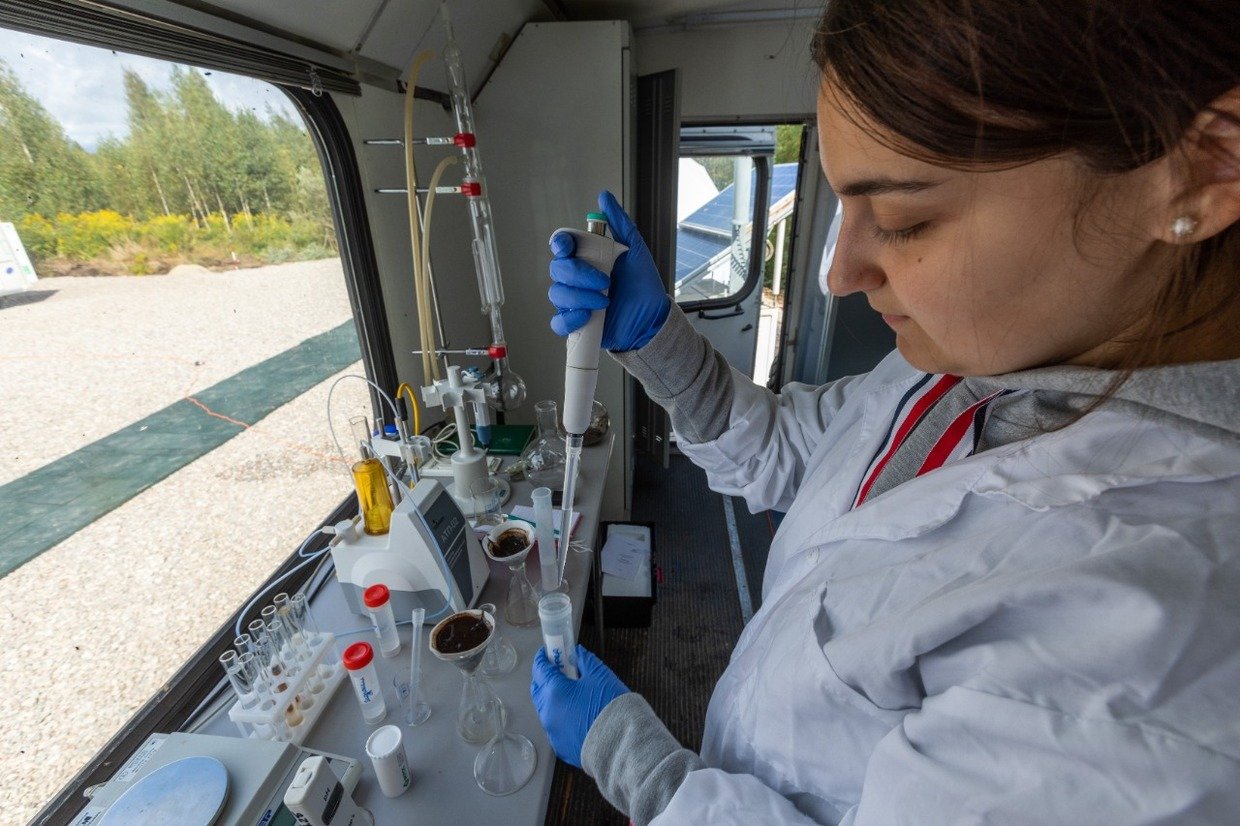Battle for climate: Russia sets up polygons to control greenhouse emissions
Vast territory requires a general approach to tackling climate change. That’s why Russia’s universities are developing special research territories to investigate carbon dioxide absorption and greenhouse gas emissions.
Reducing greenhouse emissions is a priority for the global ecological agenda. Russia is facing the problem, too, so scientists are searching for new ways to address the challenge. Now, the country’s universities are taking the lead – especially those who participate in the academic leadership program ‘Priority 2030.’
It’s a major initiative for universities, launched in 2021, which aims to boost education and research programs. Plus, the program wants the country’s higher education centers to become more attractive for foreign students and scientists. Priority 2030 opened for business this summer, and after several months over a hundred of Russia’s universities were chosen as participants. All of them would get at least 100 million rubles ($1.4 million) annually for the development. Dozens of participants also applied for special grants, which give a possibility to receive up to 1 billion rubles ($13.6 million) annually.
Carbon polygon on the Western flank
One of the participants, Immanuel Kant Baltic Federal University in Kaliningrad, inaugurated the “Rosyanka” carbon polygon in November. A carbon polygon is a special place where scientists investigate how carbon dioxide is absorbed and how much greenhouse gas is emitted. Such research platforms are being developed in different parts of Russia – the country’s territory is huge, so it’s crucial to have data from everywhere, given the climate differences. Russia’s Ministry of Science and Higher Education launched the creation of carbon polygons in February 2021.

The one in the Kaliningrad region is quite special. It has two different parts of over 255 hectares combined: one on-land in the Vittgirren peat bog, and one in the Baltic sea’s Gdansk Trench. Kant University’s rector, Alexander Fyodorov, told RT that Russia has only two polygons of this type – the other one is in Gelendzhik, Southern Russia. “On the sea part we investigate methane streams,” he explains. The trench itself is a methane anomaly – there is ten times more of the gas concentrated at its bottom than in the surrounding water.
The land part has a mobile laboratory equipped with solar batteries. Scientists are taking air and water express tests, drilling peat and measuring how much carbon it contains. They also are trying to find out whether secondary flooding would turn the peat bog from a carbon dioxide emitter to an absorber.

“Every carbon polygon is unique,” Fyodorov says. “The territories chosen for them show the special character of every region.”
The university’s researcher Leyla Bashirova told RT that there’s a plan to create a joint monitoring system in Russia, so the data gathered at the polygon would be used there. Now, the main task for the scientists is to carefully observe environmental processes, she explained. “Then, we would apply measures to control greenhouse emissions and use different technologies to reduce them,” she said.
Polygons all across Russia
Another academic leadership program Priority 2030 participant, Tyumen State University, will coordinate the network of carbon polygons that are being created in Western Siberia. That’s according to its rector, Ivan Romanchuk, who added that the university aims to become a center for education of professionals for the whole country.
Tumen University opened its carbon polygon on Lake Kuchak in August. Scientists operate land-based and aerial systems to gather information about the environment that they plan to use in forest recreation and agricultural development.
Ural Federal University also opened its carbon polygon, called “Ural-Carbon,” in October. It is located on the territory of Kourovka Astronomical Observatory and occupies more than 300 hectares. The polygon has all kinds of investigational infrastructure, as well as a laboratory and lecture halls.












